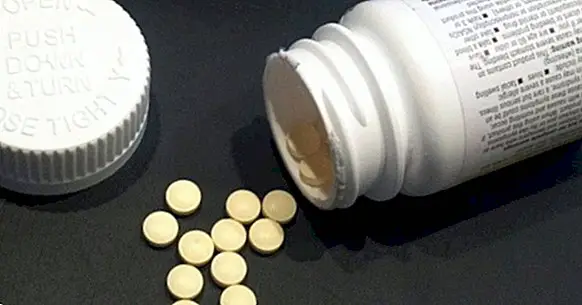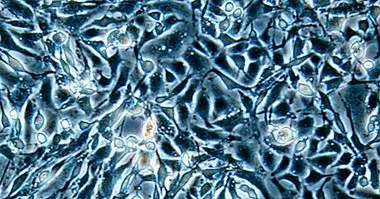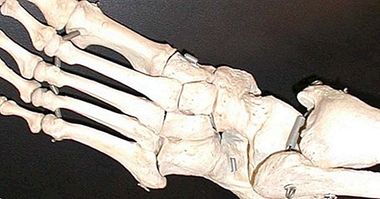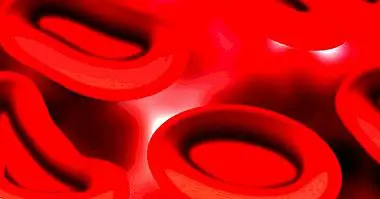Suxidine: uses and side effects of this medicine
Gastrointestinal symptoms are some of the most frequent manifestations when we are exposed to excessive nervous tension. To treat these manifestations there are numerous remedies, among which is pharmacology.
Precisely Suxidine is a medicine that is used to treat diseases of the digestive system related to important situations of stress. We will see below the main characteristics of said drug, as well as some recommendations in case of use.
- Related article: "Types of stress and its triggers"
What is suxidine?
Suxidine is a drug used to treat various symptoms of the digestive system, related to anxiety states. It contains the following chemical compounds: talc, colloidal silica, calcium carbonate, methylene casin, magnesium stearate, dibasic calcium phosphate, casin.
It has mild anxiolytic properties, as a consequence of one of its active ingredients, the Oxazepam Hemisuccinate . The latter acts quickly and is absorbed almost completely, without food involved in it. It is a chemical compound with low toxicity, which usually stays in the system for 8 hours and is eliminated by the liver.
It also contains metoclopramide hydrochloride, which acts as a regulator of gastrointestinal motility and prevents spasms of the tract . This is absorbed by the digestive tract and is metabolized by the liver after approximately 4 hours. Metoclopramide has a slightly higher toxicity, capable of generating digestive and nervous disorders, especially in children.
It also contains polienzim-S, a compound of synthetic digestive enzymes and of proteic nature, that when interacting with natural enzymes, they favor the digestion process . Finally, suxidine contains silicone antifoam, which serves to reduce intestinal gas without significantly changing the gastric pH.
Authorization situation in Spain
In Spain, suxidine tablets were authorized for marketing on February 1, 1974, by the laboratories of SEID, S. A.
This authorization has been revoked as of July 27, 2018, so it is not currently marketed in that country. However, in other countries its distribution may continue in force, so we will see some uses and characteristics of this drug below.
- You may be interested: "Enteric Nervous System: parts and functions"
What is it for and how is this drug taken?
Suxidin usually presented in tablets and with a prescription . The average dose for adults is 3 to 6 per day. In the case of children, it is contraindicated for children under 11 years of age.
Likewise, this drug is indicated to treat the following clinical manifestations associated with acute symptoms of stress and anxiety:
1. Neurovegetative dystonia
Also known as dysautonomia. Dystonias are movement disorders that affect muscle contractions. As the term itself indicates, the neurovegetative dystonia affects the vegetative nervous system, responsible for regulating involuntary movements, for example those of the digestive system. It is characterized by a acceleration or decrease of the organs that compose said apparatus .
2. Nervous dyspepsia
Dyspepsia is a disorder of the motility of the digestive system, specifically affecting the upper gastrointestinal tract. They impair the secretion of this organ and cause pain, swelling and stomach irritation. It's called nervous dyspepsia because it has a psychogenic origin .
3. Neurosensory-motor dyspepsia
Same as the previous one, it is a motility disorder of the digestive system, but, in this case, the origin of the disorder may be linked to the activity of the sensory nervous system and the activity of the sensitive nerves.
4. Dystonic biliary dyskinesia
Impairment of biliary motility, specifically it is about excessive or inappropriate movements of the muscles that regulate the secretion of bile.
5. Neurogenic gastritis
Also known as gastritis nervosa, since its origin is prolonged and intense exposure to stressful situations. Gastritis is characterized by the inflammation of the mucosa that lines the stomach and protects it from acidity.
6. Gastroenteritis
It is an inflammation of the internal membrane that covers both the stomach and the intestine, that is, causes swelling of the intestinal tract, causing diarrhea, vomiting and pain. It is usually caused by the activity of viruses and bacteria .
7. Gastroduodenal ulcer
Also known as peptic ulcer, it is about a sore located on the inner membrane of the stomach or the first part of the small intestine . It occurs due to a rupture of said membrane and may be caused by bacteria or other diseases, as well as by alcohol, drugs, tobacco or stress.
8. Irritable bowel
Functional disorder of the digestive that affects mainly the activity of intestine, generating abdominal pains, constipation, diarrhea and other symptoms.
Contraindications and side effects
Its use should be avoided in people whose gastric motility may worsen when taking this medicine. For example, people who have bleeding, obstruction or perforation in any organ of the digestive system. Likewise is contraindicated in people with delayed or neuroleptic dyskinesia (motor disorder related to prolonged taking of some neuroleptic drugs).
In addition, it can potentiate the antidopaminergic effects in the central nervous system and the sedative effects of many substances, so its combination with phenothiazines, tranquilizers, hypnotics, narcotics and alcohol should be avoided. On the other hand, its action decreases when it interacts with other active ingredients such as digoxin and cimetidine .
It is not advisable to use it during pregnancy and breastfeeding period, and it is also recommended to avoid situations that require an active alert status, due to its sedative effects.
Among the most common side effects is drowsiness, and in elderly people, its prolonged use can generate tardive dyskinesia. The latter are the effects that can cause an overdose of this medication .
Similarly, prolonged treatment can generate breast tension, galactorrhea (milk production out of period), amenorrhea (absence of rule for more than 90 days), gynecomastia (increase in breast size in men), impotence and hyperprolactinemia ( increased prolactin levels in the blood).
With regard to the most serious reactions, extrapyramidal reactions such as muscle spasms in the face, neck and tongue have been observed in children and adolescents.
Bibliographic references:
- Suxidine Tablets Authorization Situation (2018). Spanish Agency of Medicines and Health Products. Retrieved September 7, 2018. Available at //www.aemps.gob.es/cima/publico/lista.html.
- Suxidine Comp. Canceled medication. (2018). Vademecum Retrieved September 7, 2018. Available at //www.vademecum.es/medicamento-suxidina_3781.
- Suxidin Technical Sheet (S / A). Botplusweb. Retrieved September 7, 2018. Available at //botplusweb.portalfarma.com/documentos/FICHAS%20TECNICAS%20POR%20LABORATORIOS%20PDF/Seid/f52063%20Suxidina.PDF.



















